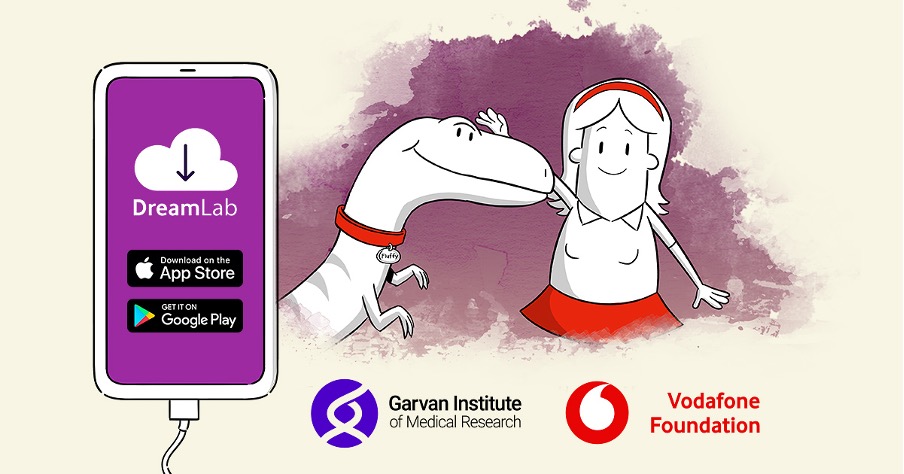THE FAMILIAR PURSE

In the previous blog, I examined the first of the four purses (the HR purse) that non-profits & social enterprises can tap into when approaching corporates for resources & cash.
As a reminder, the 4 purses are: 1) HR, 2) Philanthropy, 3) CSR, and 4) Marketing.
Let’s dive into the Philanthropy purse today.
The Philanthropy purse is the most well-known to changemakers, who live and breathe philanthropy. Predominantly focused upon societal impact, this purse is likely to use jargon that you’re familiar with, such as grants, gifts and donations. Throughout my experience advising the Vodafone Foundation, Mondelez Foundation and AMP Foundation, I’ve witnessed a big shift towards corporate foundations funding a handful of strategic, business-aligned causes that deliver a tangible impact, instead of providing small grants to multiple charities.
Whilst this purse at first glance may be large, what’s important is how they slice up the pie.
The main motivation for the Philanthropic purse-holder is societal impact, aligned to the focus (or pillars) of the Foundation. These pillars can be set at the creation of the Foundation, and do not change on a whim, although changes may result from a merger, take-over, review process or re-alignment to societal need. For example, since COVID, some corporate foundations have re-aligned their focus and investment accordingly towards supporting groups disadvantaged by COVID (unemployment, homelessness, aged care and so on). It’s important to be aware that Foundation purse-holders are typically not as nimble as those holding the Marketing or CSR purse, as the Foundation Board must approve all investments.
The person holding this purse within a large company is usually called manager/head of Foundation, Philanthropy or Giving. Within a medium-sized company, it may be held by the CEO, CFO, corporate affairs or HR manager.
Most corporate foundations require any charity they support to have DGR-1 status. So, if you don’t have this, pursuing the Marketing Purse is a better option. The legal position is a little fuzzy, but it’s safe to say that a company making a ‘donation’ or ‘gift’ through their Foundation is not allowed (by the tax office) to derive a commercial benefit. Therefore, you may want to give them acknowledgment in your communications, and you can offer it, but the Foundation cannot demand it.
This purse can also dictates the right strategic time to approach. Unlike other purses, corporate foundations may have a particular time of year when they call for submissions, so if a Foundation is on your prospect list, it’s a smart idea to sign up to receive their emails and you’ll be notified when the purse is opening.
Check out the Vodafone Australia Foundation - it’s doing some cool things around smart technology for health and is a great example of partnering with the Philanthropic purse. It's DreamLab App, which was developed in Sydney, has now been embraced by Vodafone Foundations around the world and has 2 million downloads to date. A great Aussie success story.

Download this infographic that provides clear details for each of the 4 purses and how to approach them. Keep an eye out for the next blog where we dive into the CSR purse.
Hailey Cavill-Jaspers

